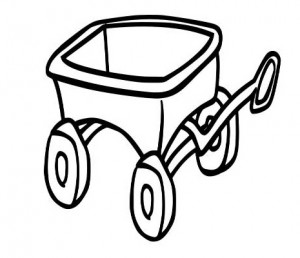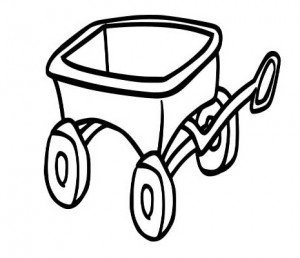 This is a quick and easy demonstration of how to teach Newton’s laws with minimal fuss and materials. All you need is a wagon, a rock, and some friends. We’re going to do a few totally different experiments using the same materials, though, so keep up with the changes as you read through the experiment.
This is a quick and easy demonstration of how to teach Newton’s laws with minimal fuss and materials. All you need is a wagon, a rock, and some friends. We’re going to do a few totally different experiments using the same materials, though, so keep up with the changes as you read through the experiment.
Remember that Newton covers a few different ideas. First, there’s the idea that objects in motion will stay going they way they’re headed, unless something gets in the way. Then there’s the resistance to motion (objects at rest tend to stay put), as well as force being proportional to how fast you can get something to move (acceleration). And lastly, there’s the idea that forces happen in pairs – if you shoot something one direction, you’re going to feel a kick in the opposite direction. Ready to see these ideas in action? Let’s go…
Please login or register to read the rest of this content.


It would be the light car
If you are talking down hill then it would be heavy but normally light
The lighter car because of enertion even if the engines work the same amount.and because f=ma
Be really careful with this one, especially parts 2 and 3… it is easy to tip a child out backwards if the puller is too tall or the child in the wagon is not in the middle.
the lighter car would win because it has less weight so the motor dose’t have to work so hard to get up to it terminal speed
Actually, it depends. The lighter car will win the short race, but the heavier car might be able to win the longer race, as it has more inertia (and more momentum).
The lighter car will win the race because it’s harder to accelerate the heavier car.
Kylie Pedersen
The lighter race car will win because it will stop faster.
Holly Thomson
I the lighter race car will win the race.
sevy keble